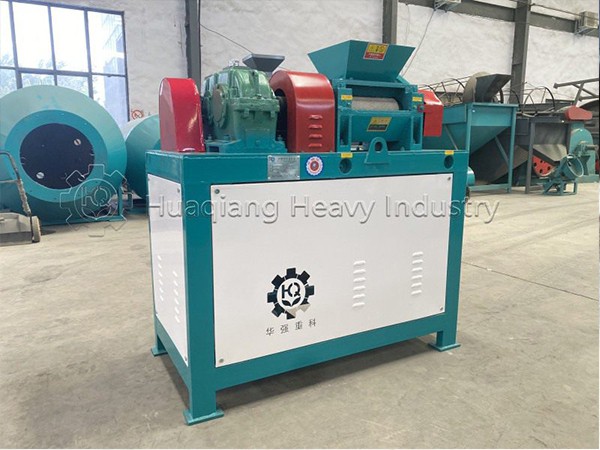Double roller press granulators are widely used in fertilizer production, but they can still face quality challenges. Here are the most frequent issues:
- Particle Formation Problems
Uneven particle size: Often caused by worn rollers creating uneven pressure during shaping. Inconsistent raw material particle sizes can also lead to irregular shapes due to varying material flow during granulation.
Weak granules: A common headache. This might stem from poor formula ratios (like insufficient binder) or incorrect machine pressure settings. Too little double roller press granulator pressure equals crumbly granules that break easily.
Rough surfaces: Worn or pitted roller surfaces leave granules looking sandpaper-rough. Too many impurities in the material will also cause the particle surface to be rough.

- Nutrient Content Issues
Imbalanced nutrients: Like a bad recipe-wrong ingredient ratios throw off the nutrient balance. Overdoing or skimping on additives (like trace elements) compounds the problem.
Nutrient loss: High heat or prolonged drying cooks off valuable nutrients. Poor storage or transport conditions can also lead to nutrient leakage over time.
- Other Issues
Uneven material mixing: When producing compound fertilizers, insufficient mixing of different raw materials will lead to uneven fertilizer composition and affect the fertilization effect.
Machine wear-and-tear: Worn rollers or busted bearings turn your double roller press granulator into a inconsistent performer, churning out erratic product quality.
Uneven moisture content: If raw materials aren’t dried properly before processing, you’ll get some granules soggy and others bone-dry. Even drying stage hiccups (uneven heat or rushed timing) can leave moisture levels all over the place.

